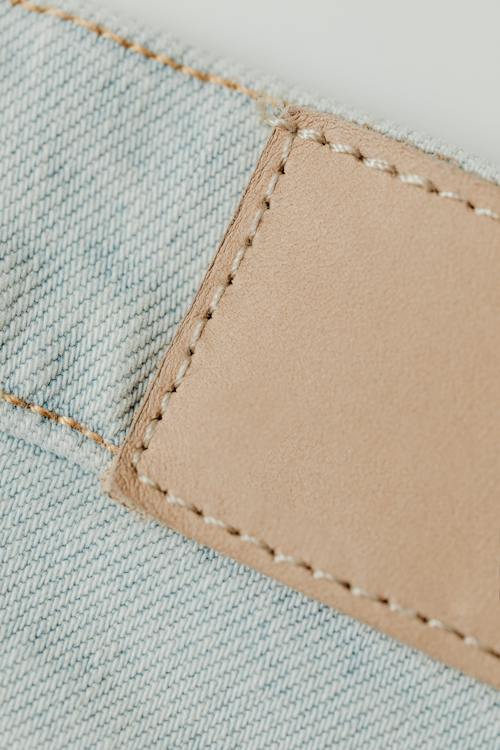Greetings from the lovely world of tent stitching. Tent stitches are a group of fundamental stitches that will enable you to begin working on your stitching surface. The half cross-stitch, the continental stitch, and the basketweave stitch all fall within the category of tent stitches. All of them have the same front appearance, however, they vary in the rear covering and thread use.
4 basic needlepoint stitches
To give the completed object variation and dimension, needlepoint uses a range of stitches. Some of the most basic needlepoint stitches are listed below.
- Continental stitch: This is the most fundamental tent stitch, and it causes the cloth to distort since each angled thread travels horizontally throughout the fabric. It is not advised for covering vast regions.
- Basketweave stitch: A fundamental tent stitch that alternates over warp and weft threads to resemble the weave of a basket; it is advised for covering vast areas since it causes the least amount of fabric distortion.
- French knots: A kind of decorative knot that may be used to add tiny raised spheres to the canvas.
- Half cross: A sequence of slanted stitches that are half of a cross-x-shaped stitch’s pattern. This stitch is good for tiny areas but doesn’t cover much ground.
What Supplies Are Necessary for Needlepoint?
A straightforward and affordable pastime, needlepoint just needs a few supplies.
- Needle: While you may needlepoint with any kind of needle, a tapestry needle will provide the greatest results. For simpler threading, this kind of needle features a broad tip and a long eye. There are many sizes of tapestry needles, ranging from 18 to 24. (the latter number is the smallest). In general, cloth with bigger holes (or fewer holes per inch) requires larger needles and vice versa. The mesh size of the fabric you choose for your project will decide the optimal needle size for your project.
- Canvas: You’ll need a surface that has a uniform grid of squares that you can count as you work to create the finished artwork. Most needle pointers use a firm canvas, such as a mono canvas, that they may paint ahead to act as a stitch pattern. For skilled needle pointers, evenweave fabrics like linen or Aida cloth are alternative possibilities; plastic canvases are simple for novices. Keep mesh size in mind while choosing a canvas. A canvas with between 16 and 20 holes per inch is very fine and will require more time to stitch (this is known as petit point needlepoint); a canvas with between 8 and 16 holes per inch has larger holes and requires less stitching time (this is known as gros point needlepoint), and a canvas with 7 or fewer holes per inch has extra-large holes that require very little stitching time (called quick point needlepoint).
- Yarn: Needlepoint most often makes use of yarn, which is offered in a variety of colors. Silk yarn is a popular alternative to the usual option of Persian wool yarn. The ideal materials for really little or intricate tasks are crochet yarn or embroidery thread.
- Scissors: You may cut your yarn and trim your cloth with any kind of scissors. Buy a pair of embroidery scissors with a smaller, sharper set of blades for cleaner cuts.
- Pattern: Needlepoint is generally done mathematically, much like knitting, by counting your stitches in specified rows to create a greater whole. Most needlepointers stitch according to a pattern. You may either purchase a canvas with a pattern already printed on it or paint your own design onto the surface. Although it is more challenging and not suggested for novices, you may also follow a cross-stitch pattern that is laid out on a grid with various colors and shapes to indicate the location of your stitches.
- Frame (optional): Since needlepoint canvas is often thick and stiff, you may simply hold your project in your hands while working to maintain it tight and simple to work with. This eliminates the need to stretch the canvas on an embroidery hoop. Consider using a wood frame or scroll frame to keep your item in place while you sew if you’re working on a large project or want a more hands-free method.
Final thoughts
Taking up a new activity requires learning new abilities. There are constantly new stitch kinds to learn while taking up needlepoint. Once you master the fundamental needlepoint stitches for beginners, they’re a breeze. They seem more difficult than they really are. You may choose which stitches are your favorites after you’ve mastered a few different ways.

